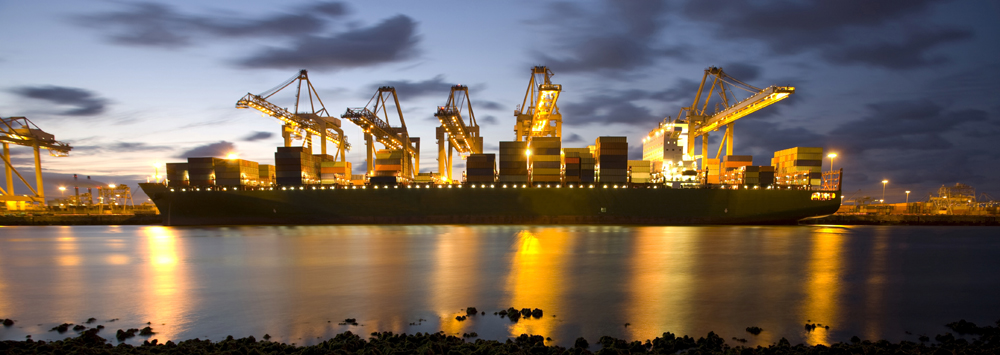November 2018
Lloyd's Marine Resilience:
Leaner, fitter, stronger - Lloyd’s is ready for 2019

Lloyd’s marine insurers are resilient, with a unique ability to adapt to change and deliver high-quality products at competitive prices. Some managing agencies have drawn back from the class, but this market adjustment has received far more attention than it deserves and, in most cases, should be seen only as positive. Marine capacity at Lloyd’s is now more refined, which is good for the market and for our clients.
Oversupply of capital can lead only to inadequate pricing and instability. Simply put, demand for cover is limited. A finite number of vessels ply the world’s waters: about 96,000, split roughly half ocean-going and half fishing/pleasure craft. Increased insurance supply serving relatively static demand means returns on many marine portfolios had fallen away.
A cyclical turn is, therefore, long overdue, particularly for hull business. The line has endured a long downward pricing trajectory, and rates had not ceased their decline during the 2017/18 renewals. The more recent supply-side correction may stop the slide. Cargo, by comparison, has historically been reasonably stable but, after a downturn, is now strengthening again. Losses, of course, have a role to play: the yacht market was hit very badly by 2017’s Caribbean storms, and the marine position overall was exacerbated by the recent Lürssen construction fire. In combination, these factors ought to provide the impetus to improve marine market fortunes.
The long-term performance of hull, cargo and yacht have been among the classes seen as a cause for concern by Lloyd’s central Performance Management Directorate (PMD). Some managing agents decided the best course of action was to exit or shrink certain marine lines, given the long-term return-on-capital prospects of their book of business, but the result is that the market is leaner and fitter as we move into 2019.
Concurrently, investment returns are difficult to achieve; exposures are increasing (to larger vessels, for example); loss costs, such as for removal of wrecks, have skyrocketed; and client loyalty has diminished. Against this environment, many managing agents did not need Lloyd’s prompting to reassess their marine exposures and/or re-underwrite for technical profit. One major syndicate withdrew long before the PMD’s drive for profitability took centre stage.
Despite these challenges, Lloyd’s underwriters continue to provide distinctive, high-quality marine insurance products: Jermyn Street, not High Street. Service is experienced and bespoke, in part because London co-operates with partners to deliver the goods and keeps abreast of developments, not least through its joint committees. The LMA is a leading participant in global marine forums, including the International Union of Marine Insurers, and regularly interacts with the shipping industry associations on common issues. This backdrop allows underwriters to deliver a highly secure, tailored product that is responsive to current conditions in the maritime sector.
Lloyd’s responsiveness also shows in its coverage for evolving technologies in areas like propulsion. Policies are constantly adapted, or new ones created, as technology creates new uncertainties. Lloyd’s mariners respond equally to regulatory change, for example anticipating the effect of the new low-sulphur fuel regulations.
The combined impact of Lloyd’s place and influence in the maritime world, reduced capacity for maritime risks, and the concentration of technical expertise in London strengthens Lloyd’s as a centre for marine insurance. Its unique combination of talents and experiences – including those of brokers, adjusters, arbitrators and many others outside the underwriting market itself – allows Lloyd’s managing agencies to deliver a highly client-centric insurance product from the nexus of the international maritime industry.